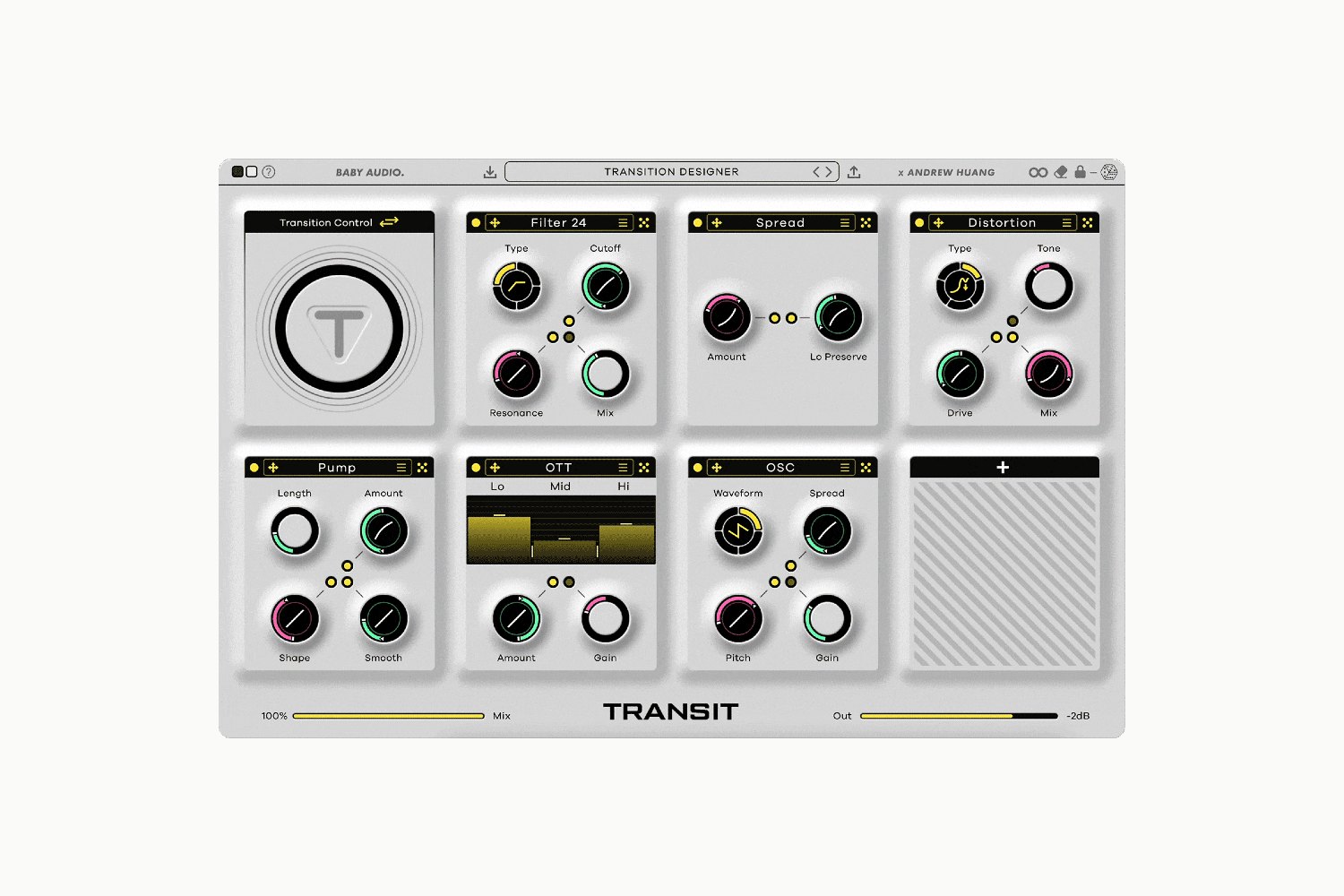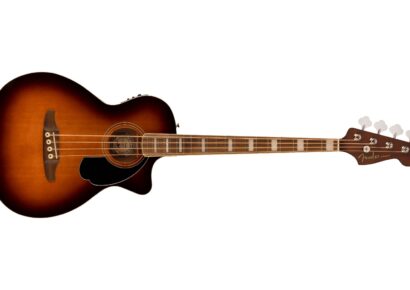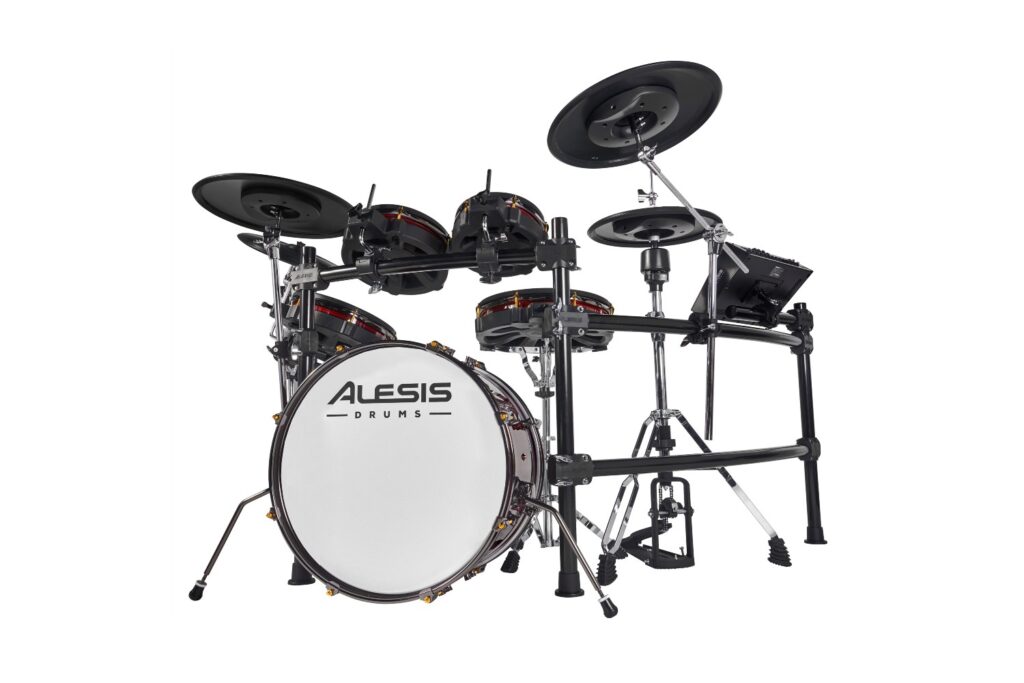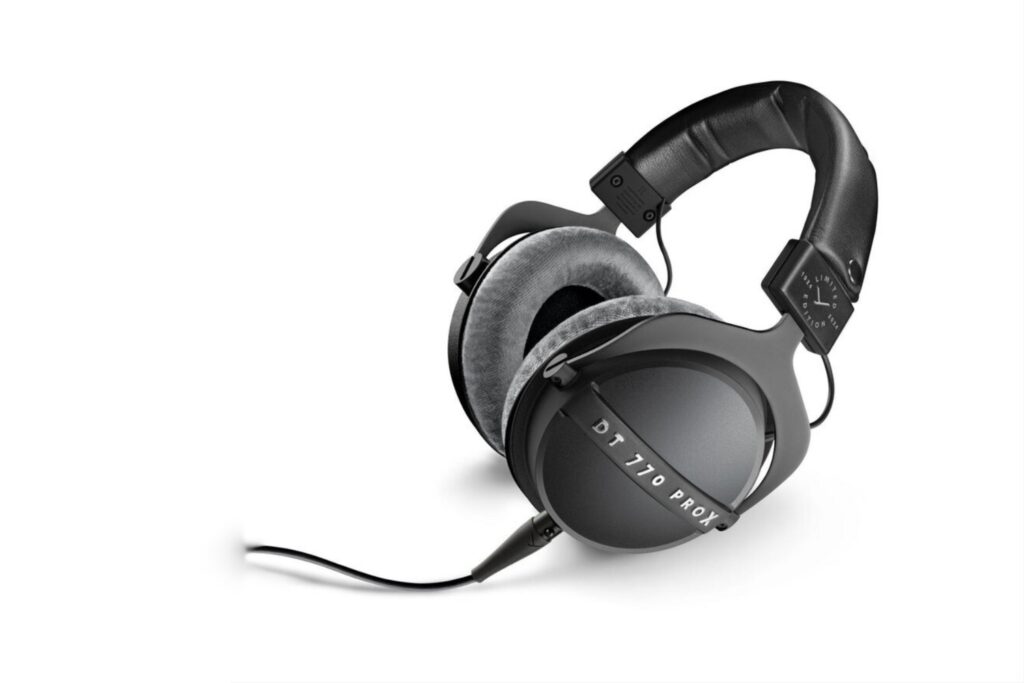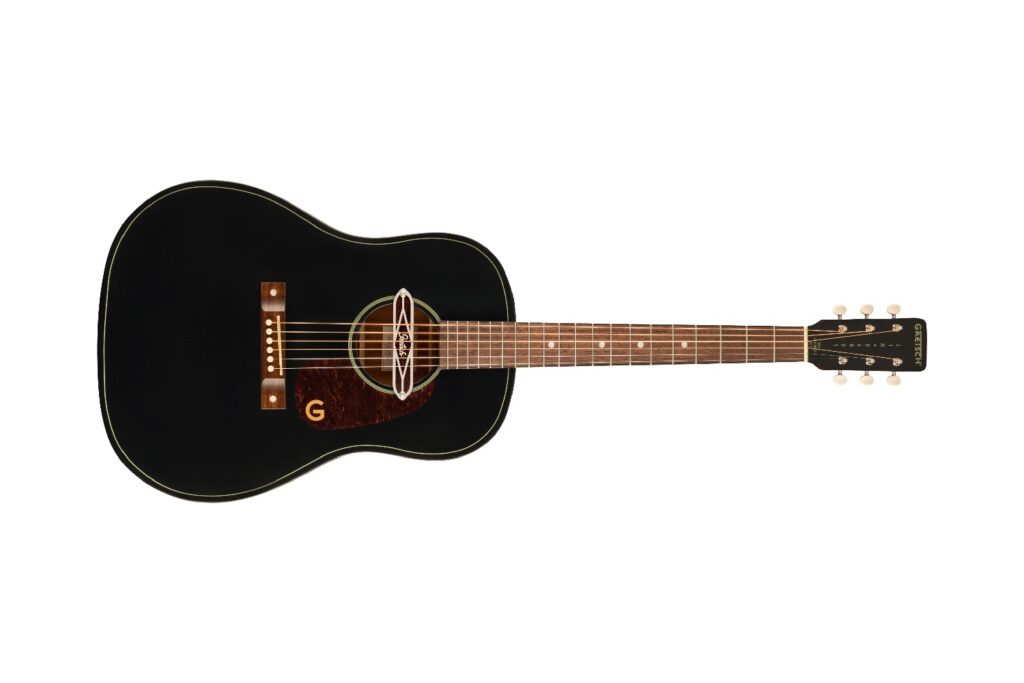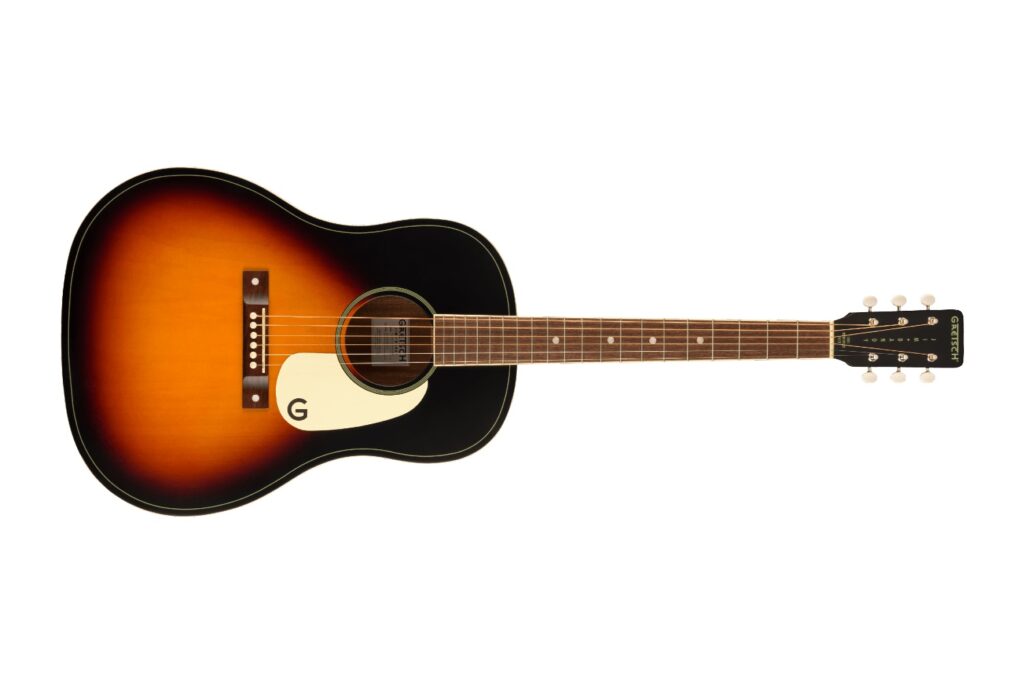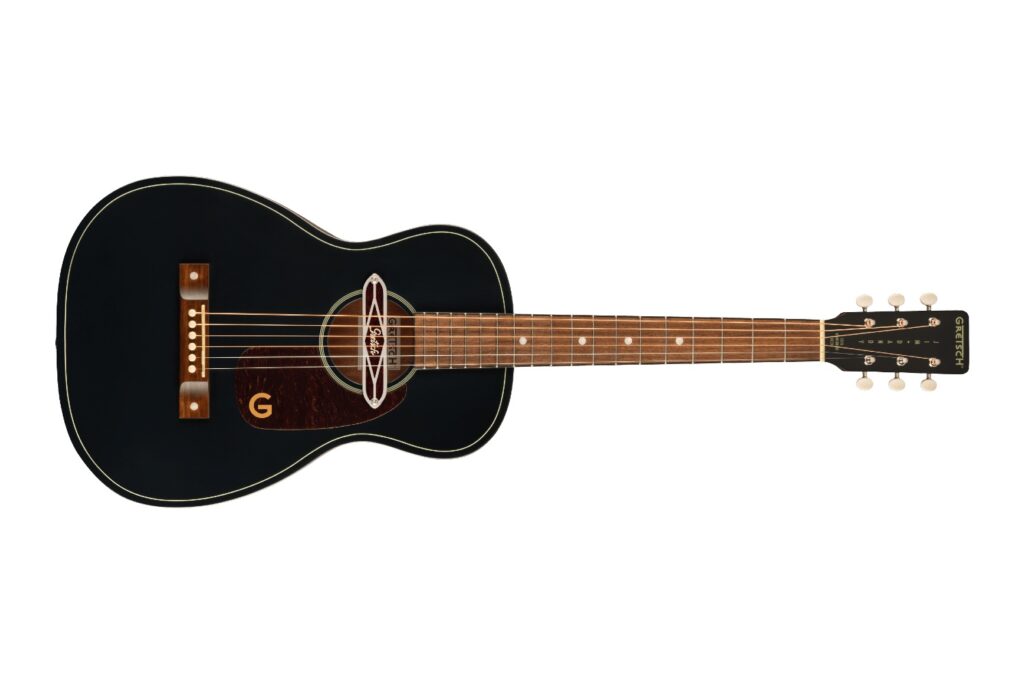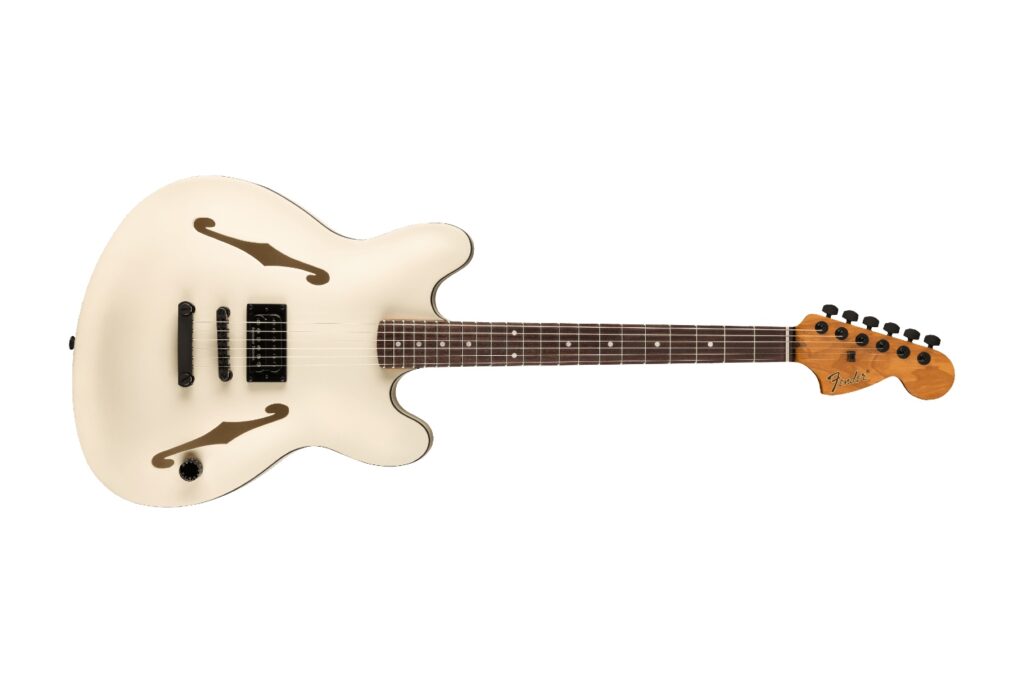BABY Audio Transit Plugin | BABY Audio | Enquire for Pricing
Transitions are the sort of ear candy that’s become integral to any sort of music where you want a chorus to pop or the bass to drop. Perhaps the most iconic is the filter sweep, where you take a lowpass filter and gradually bring it down over the space of a couple of bars, darkening the mix so that when the full frequency spectrum is brought back in it sounds hyped and full. It’s super effective, and super easy – in a live setting, you’re turning a single knob on your mixer, and in your DAW, that’s one automation lane.
Read more gear reviews here.
Transitions can start to get complicated very quickly though – how about we fade the track into a delay as well? And increase the feedback as we go? And narrow the track by pulling in the pan on the left and right? Can we get some reverb on that? Suddenly we’re 12 automation lanes deep, and making any changes starts to look like homework.
Baby Audio have come to rescue us from our automation quagmire with Transit, their recently released plugin which promises to “kill static mixes” with its unique and incredibly cool approach to automating transition effects. It was designed in collaboration with popular Canadian Youtuber and producer Andrew Huang, who you might know for his creative videos like this version of the Breaking Bad theme performed on meth lab equipment or whatever this one is.
At face value, Transit is a multi-effects unit with 18 modules that you can load across seven effects slots. You’re not going to find anything here that you don’t already have in your plugin library, but all of your bases are covered – modulation, distortion, echos, filters, compression, even an oscillator and a noise generator. What makes this plugin so powerful is that the parameters of each module can be linked to the Macro knob, and as such can be controlled simultaneously with a single automation lane, making transitions quick to implement, adjust, repeat, and even perform live.
As with all Baby Audio plugins, operation is quick and intuitive to pick up, but with a surprising amount of flexibility and power once you start diving in. To load a module, simply click on the plus sign above each slot and select from the menu. You’ll be presented with a paired-back control set, as well as a header bar containing bypass switch, a toggle for click-and-drag movement to other slots, a module preset menu, and a randomiser.
In the centre of each module, little yellow circles indicate if a parameter is in “dynamic” mode. Toggling the circle links the parameter to the Macro control; rather than set amounts, you’re now controlling the range of the parameter, with the lower and upper bounds representing 0-100 on the Macro and a small white arrow indicating the direction of travel. Additionally, parameters in dynamic mode will display a white line, straight by default, which controls the slope of the transition when dragged up or down, with the white line providing a helpful visual representation of the curve.
Toggling the Transition Control switch (yellow arrows above the Macro knob) reveals Transit’s intriguing alternative mode – the Motion Sequencer. This syncs the transition to your DAW’s tempo setting, with transitions now triggered by the play button; the action is similar to launching a clip in Ableton, in that it’ll trigger automatically at the start of the next bar when you hit play. The transition length is governed by the Bars and Divisions knobs, and you can set it to play forwards and then reverse by toggling the Pendulum switch.
The Loop switch effectively turns Transit into an LFO tool which can be used to introduce interesting and useful movement to your tracks. You can think of it as having two “waveform” settings – a sawtooth wave by default, and a triangle wave when set to Pendulum mode. The use cases here are limited only by your creativity – think swirly, ever-changing pads, jazzed-up sterile drum loops, and wild motion effects.
Another fun creative tool is the Randomize control, a regular feature on Baby Audio plugins. Transit really ramps up its capabilities – not only can you randomize the individual parameters of each effect, but also the modules in the chain. Best of all, you can lock certain parameters and modules that you want to keep and randomize everything else. This is a great tool for inspiration when you’re stuck for ideas, but Huang also demonstrates another usage in his demo video – resampling the output of the plugin whilst hitting the randomize button on the beat to create glitchy effects. It’s even possible to MIDI assign the Randomize button to trigger live, if you’re really into risk-taking.
Transit has all the bells, whistles, and utilities you’d expect from a well-designed plugin in 2023. The UI is resizeable and has light and dark themes. There’s a global mix control as well as an output gain adjustment, a bypass switch (it’s the Baby Audio logo), and even an Erase button which clears the signal chain, for when things all get a bit overwhelming and you need to start again. The preset browser ships with over 300 presets, created by Andrew Huang plus a whole host of other sound designers. They serve as a great source of inspiration as well as a handy way to explore the capabilities of the plugin, covering transitions, sweeps, risers, pseudo arpeggiators, special effects, and instrument-specific effects chains.
In such a saturated plugin market, it’s not often that you come across a new idea, let alone one implemented as effectively as this. Baby Audio’s Transit is a clever tool for tackling the specific problem of automated transitions, but as with most of their plugins, it’s deceptively versatile, with huge potential as a creative spark, a live performance workhorse, and an all-round good time.
For more information, head to BABY Audio.
